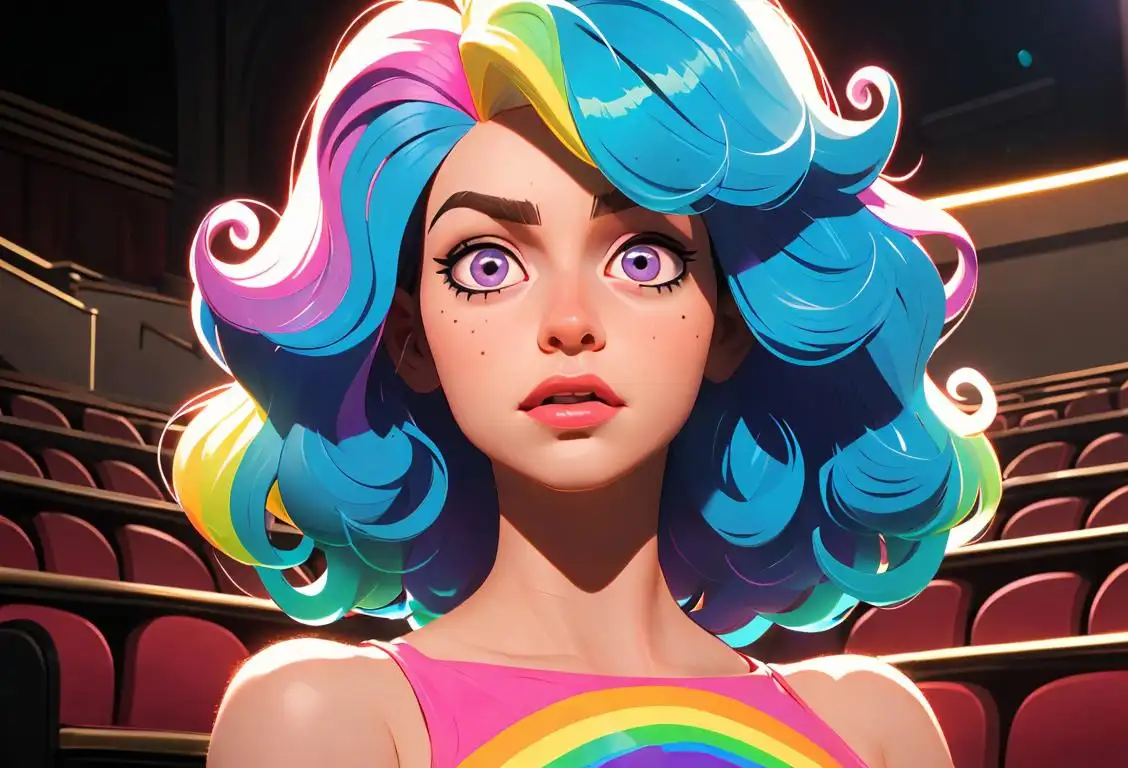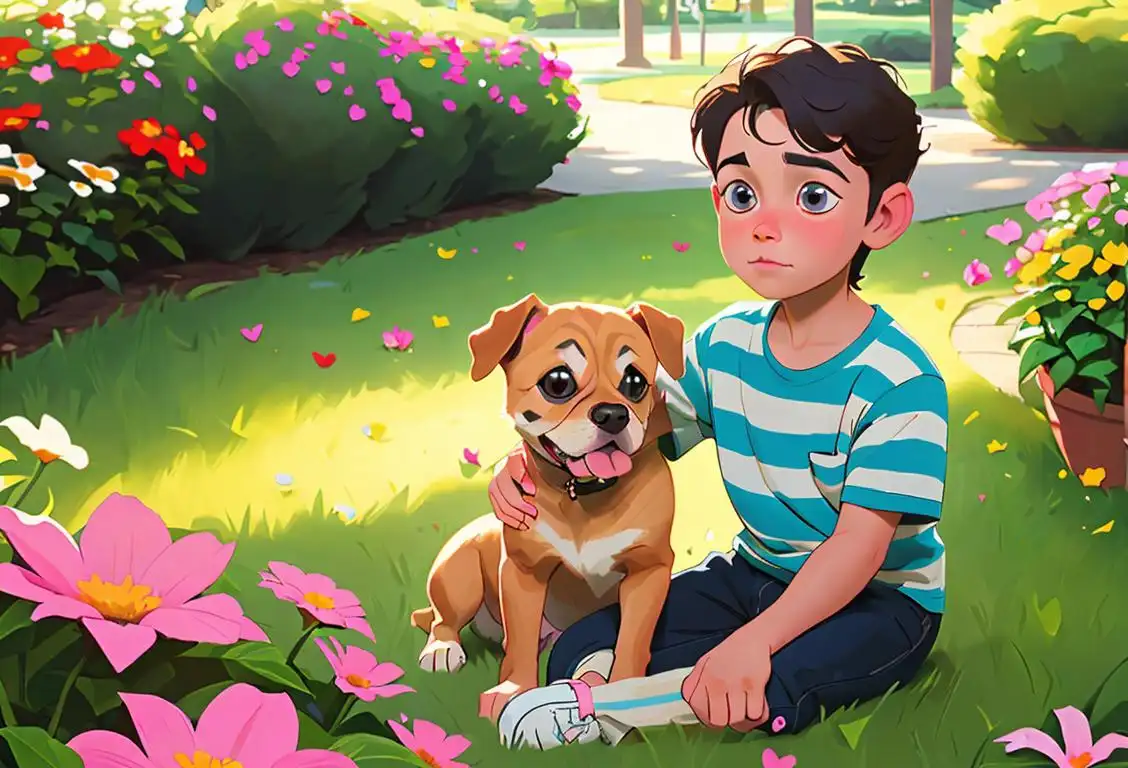National Wig Day

Welcome to National Wig Day, a day to celebrate all things wiggly and fabulous! Whether you're a fan of flowing locks or crazy hairpieces, this is the perfect occasion to let your hair down and show off your wig game. So throw on your boldest wig, grab your hairbrush, and get ready to celebrate with style!
When is Wig Day?
It's national wig day on the 30th April.
The Origin Story of National Wig Day
Believe it or not, National Wig Day has its roots in the online community. Back in 2018, wig enthusiasts all over the internet came together and declared April 30th as a day to honor their love for wigs and hair transformations. The hashtag #NationalWigDay started trending on social media, causing a stir among wig-wearing warriors.
It all began with a simple idea: to celebrate the freedom and creativity that wigs can bring. Wigs are not just about hiding a bad hair day; they're about expressing your true self, experimenting with different looks, and having fun in the process. National Wig Day embodies this spirit and encourages everyone, wig-wearers or not, to embrace their inner wig-crafter.
A Day of Wig-tastic Celebrations
On National Wig Day, the internet comes alive with wig-related activities. Social media feeds fill up with colorful wig photoshoots, wig styling tutorials, and wig appreciation posts. Wig enthusiasts use the day as an opportunity to showcase their favorite wig styles, share tips and tricks, and connect with fellow wig-wearers from around the world.
If you're not too wig-savvy, don't worry! National Wig Day is also the perfect time to dip your toes (or rather, your head) into the world of wigs. You can join in the fun by trying on a wig for the very first time, experimenting with different colors and styles, and documenting your journey on social media with the hashtag #NationalWigDay.
Did You Know?
Did you know that wigs have been around for centuries? Back in ancient Egypt, wigs were a symbol of wealth and social status. Pharaohs were often depicted wearing luxurious and elaborate wigs made from human hair, animal fur, or plant fibers. Talk about wig goals!
History behind the term 'Wig'
1660
Introduction of the Peruke
In the late 17th century, a new trend swept through European high society: the peruke. The peruke, known more commonly as a wig, was a fashion statement that came into popularity in 1660. Men and women began wearing wigs as a symbol of status, wealth, and power. These wigs were made of real or synthetic hair and served as a way to enhance one's appearance.
1675
Wigs as Fashion Accessories
By the mid-17th century, wigs had become more than just a symbol of status; they had transformed into fashion accessories. Wigs were no longer limited to the elite, but also worn by those aspiring to appear more fashionable or emulate the aristocracy. Wigs came in various styles and sizes, ranging from elaborate and towering designs to more natural-looking options.
1700
Powdered Wigs Dominate Fashion
During the 18th century, powdered wigs became the epitome of fashion and refinement. Wigs were often powdered with starch or scented powders, such as lavender or orange blossom, to enhance their appearance and mask odors. The popularity of powdered wigs extended across Europe and were favored by both men and women. These powdered wigs were lavish and required careful maintenance and styling.
1795
The Decline of Wig Fashion
As the 18th century came to a close, the popularity of wigs began to decline. The French Revolution played a significant role in diminishing the prominence of wigs as they became associated with the excesses of the aristocracy. With the rise of simpler and more natural hairstyles, wigs lost their favor among the fashionable crowd. By the turn of the 19th century, the wig craze had subsided, marking the end of an era.
Present Day
Wigs in Modern Culture
While wigs may have fallen out of everyday fashion, they remain prevalent in various aspects of modern culture. Wigs are still commonly used in theater, film, and television productions to transform actors into different characters. Additionally, wigs are popular among those seeking to change their hairstyle temporarily or to experiment with new looks. Wigs have also become an essential accessory in the cosplay community, allowing fans to accurately portray their favorite fictional characters. Despite the decline in everyday usage, wigs continue to play a significant role in the world of fashion and self-expression.
Did you know?
Did you know that wigs have been around for centuries? Back in ancient Egypt, wigs were a symbol of wealth and social status. Pharaohs were often depicted wearing luxurious and elaborate wigs made from human hair, animal fur, or plant fibers. Talk about wig goals!Tagged
awareness funFirst identified
10th November 2016Most mentioned on
30th April 2018Total mentions
50Other days
Nurses Day
Former Prisoner Of War Recognition Day
Press Day
Handloom Day
Heroes Day
Memorial Day
Dance Day
Bestfriends Day
Liberation Day
Love Your Pet Day









